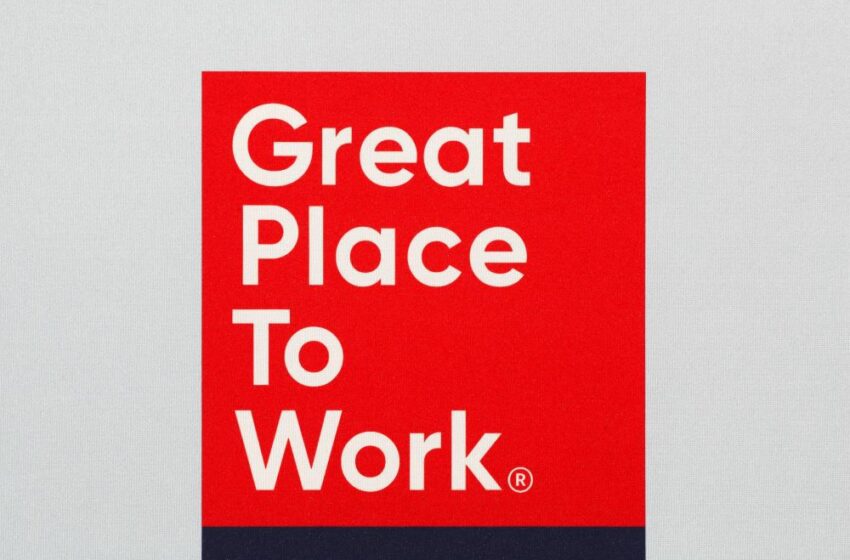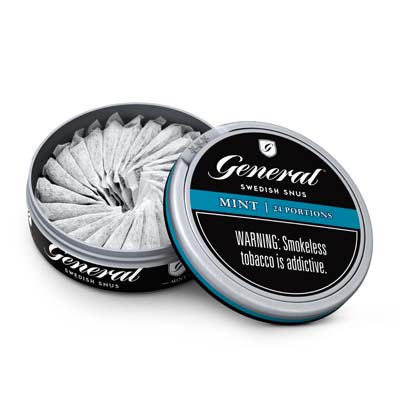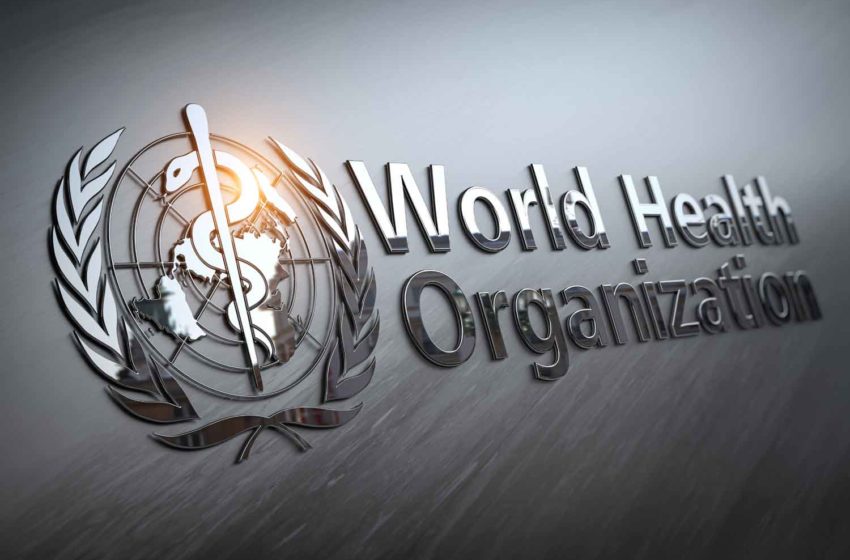Members are recognized as trustworthy, reputable and committed to honest practices. Read More
A new agreement with Nico-Tech Korea follows a test launch last year that identified needed product updates. Read More
The updates allows for users to more easily find compliance and enforcement data. Read More
Great Place to Work surveyed all 500 employees of Imperial Tobacco Canada.Read More
Eleven wholesalers have asked a Manhattan judge to intervene with illegal sales.Read More
The firm wants to add additional marketing channels, such as point-of-sale and direct mail.Read More
The first-ever guideline focuses on helping adult users quit all forms of tobacco. Read More
Current tax doesn't discourage cigarette use or offset tobacco-related illness costs.Read More
Two papers accused PMI of "manipulation" based on leaked company documents. Read More
SENSA includes a locking feature to prevent unintended usage.Read More










